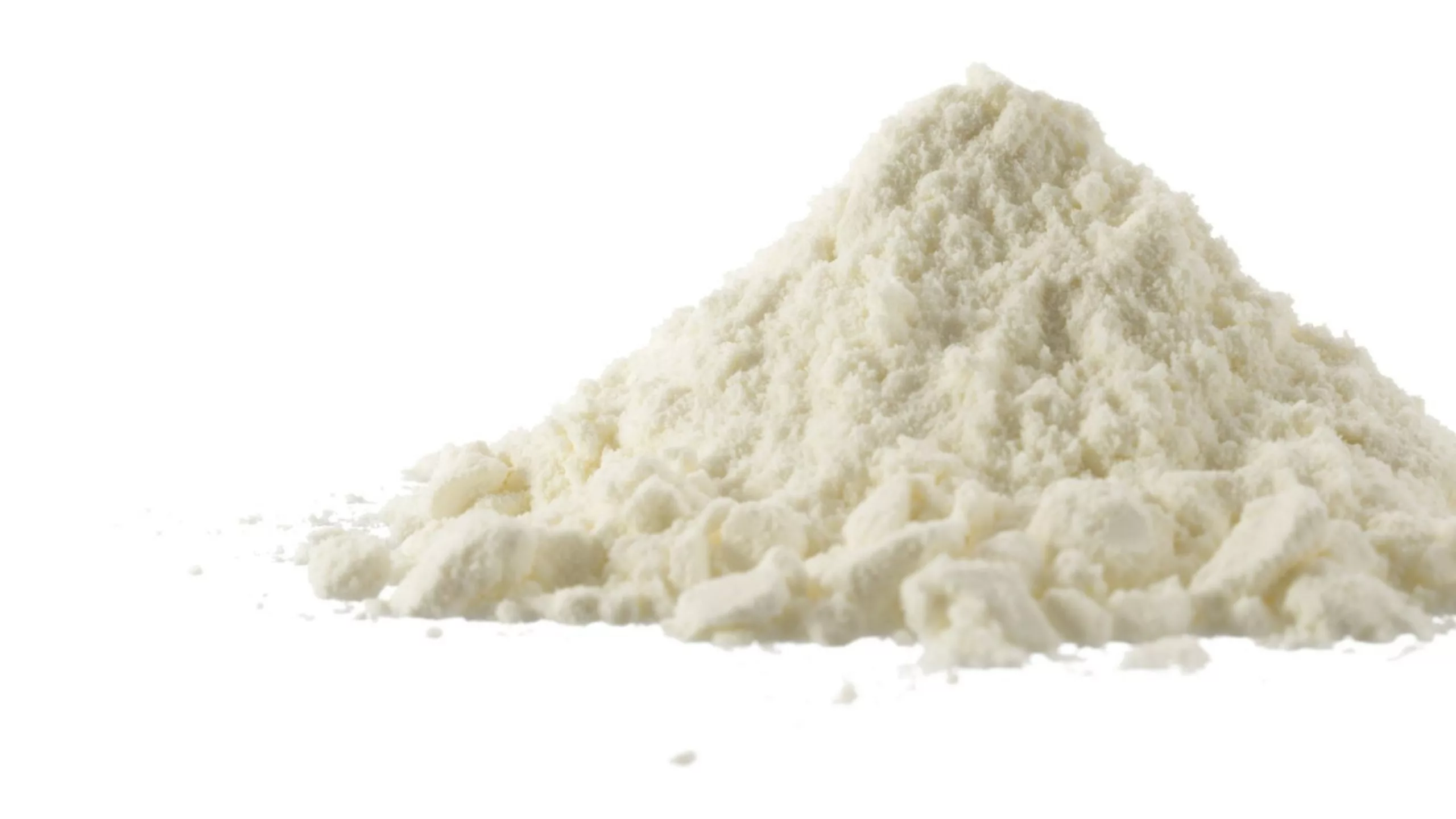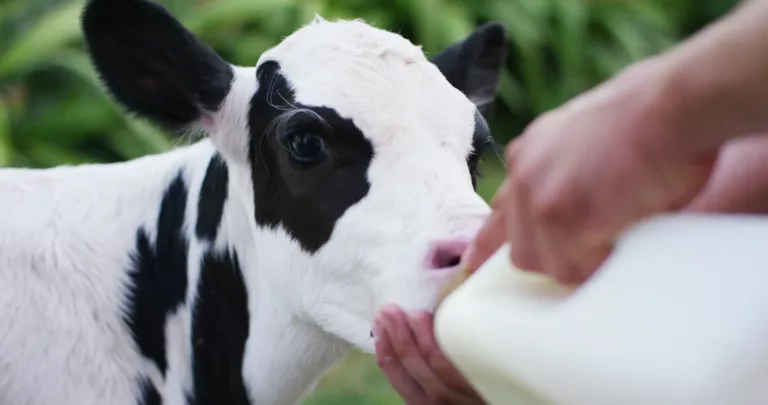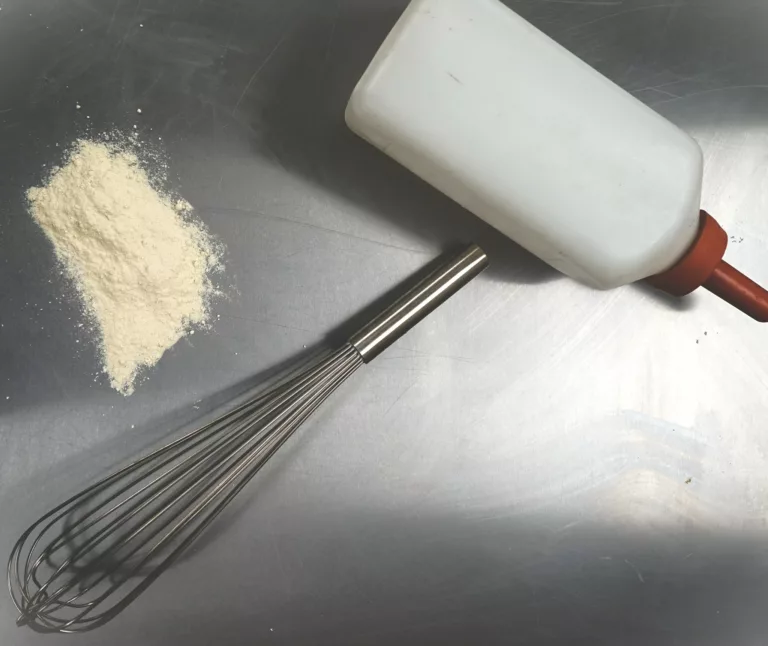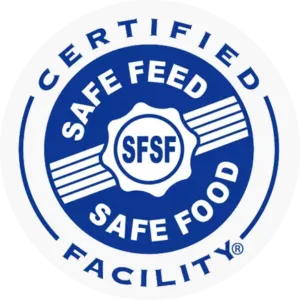In the market today there are many different milk replacer ingredient options, all with various protein content. It can be challenging to understand what they contribute to the milk replacer and how they affect the calf. We are going to briefly discuss some of the various protein sources used in milk replacers today.
Milk Proteins
Milk proteins are typically the most common protein sources found in milk replacers. As a whole, they are easily digestible while providing an ideal amino acid nutrient profile, however, there are some differences between each ingredient:
Whey – Whey is usually the most common milk ingredient used in milk replacers. It can be used as whey powder (12% protein) or whey protein concentrate (34 or 80% protein). Whey is a relatively affordable form of milk protein that dissolves well into water making it easier for calves to break down and absorb.
Casein – An excellent source of nutrients that works well in milk replacers. A common ingredient containing casein is dried skim milk. Milk replacers with elevated levels of dried skim milk have shown the ability to yield calves with optimal performance and health. Another casein-based ingredient is buttermilk powder. Like dried skim, buttermilk can be used as an effective protein source to produce high-performing healthy calves. A downside to these ingredients is they tend to be more costly than other protein sources.
Other milk proteins – Sometimes byproducts from whole milk processing or cheese production are available to be utilized for milk replacers. An example of this is dried cheese powder that comes from scraps of cheese after it’s been cut down for packaging. This can serve as an economical source of casein protein, but only in small amounts because it can be higher in ash than other milk protein ingredients. Furthermore, there can be variation on solubility depending on how it’s processed. It is important to conduct rigorous quality testing before formulating cheese powder into milk replacer.
Non-milk Proteins
Soluble wheat gluten – A high protein (> 80%) highly digestible ingredient that has been utilized heavily throughout Europe and the veal industry. The reason for its use is it serves as a nice complement to milk proteins while being cost-effective. Calves raised on milk replacers containing low percentages of soluble wheat have grown well with minimal adverse health effects.
Animal plasma – A protein source derived from bovine or porcine blood. Typically fed in combination with wheat gluten. Animal plasma contains immunoglobulins making it functionally similar to colostrum. Calves fed milk replacer containing plasma have shown reduced and/or shorter scour incidences, particularly in the first 3 weeks of life. A negative of plasma is the percent casein protein needs to be limited or else they will interact and cause clumping in the milk replacer when mixed.
Soy – Soy flour or soy isolate are some of the cheapest protein ingredients that can be put into milk. They are high in protein, but it comes at a cost. Soy ingredients contain anti-nutritional factors (ANFs). These factors can cause inflammation in the gastrointestinal tract of the calf. This in turn limits the efficiency and digestibility of the milk replacer. Soy can go through an enzymatic process that removes some of the ANFs which makes it easier to digest. The nutrition team at Esmilco believes in raising healthy calves and so prefers not to use soy protein in milk replacer blends. Even enzymatically processed soy should be used with caution. There can be variation with how effective the processing is in removing ANFs from the soy.
Finding the right balance between a quality milk replacer and a cost effective one is a challenging task. Contact the Esmilco nutrition team and let us customize a milk replacer to fit the needs of your operation to produce healthier, faster growing calves without breaking the bank.




